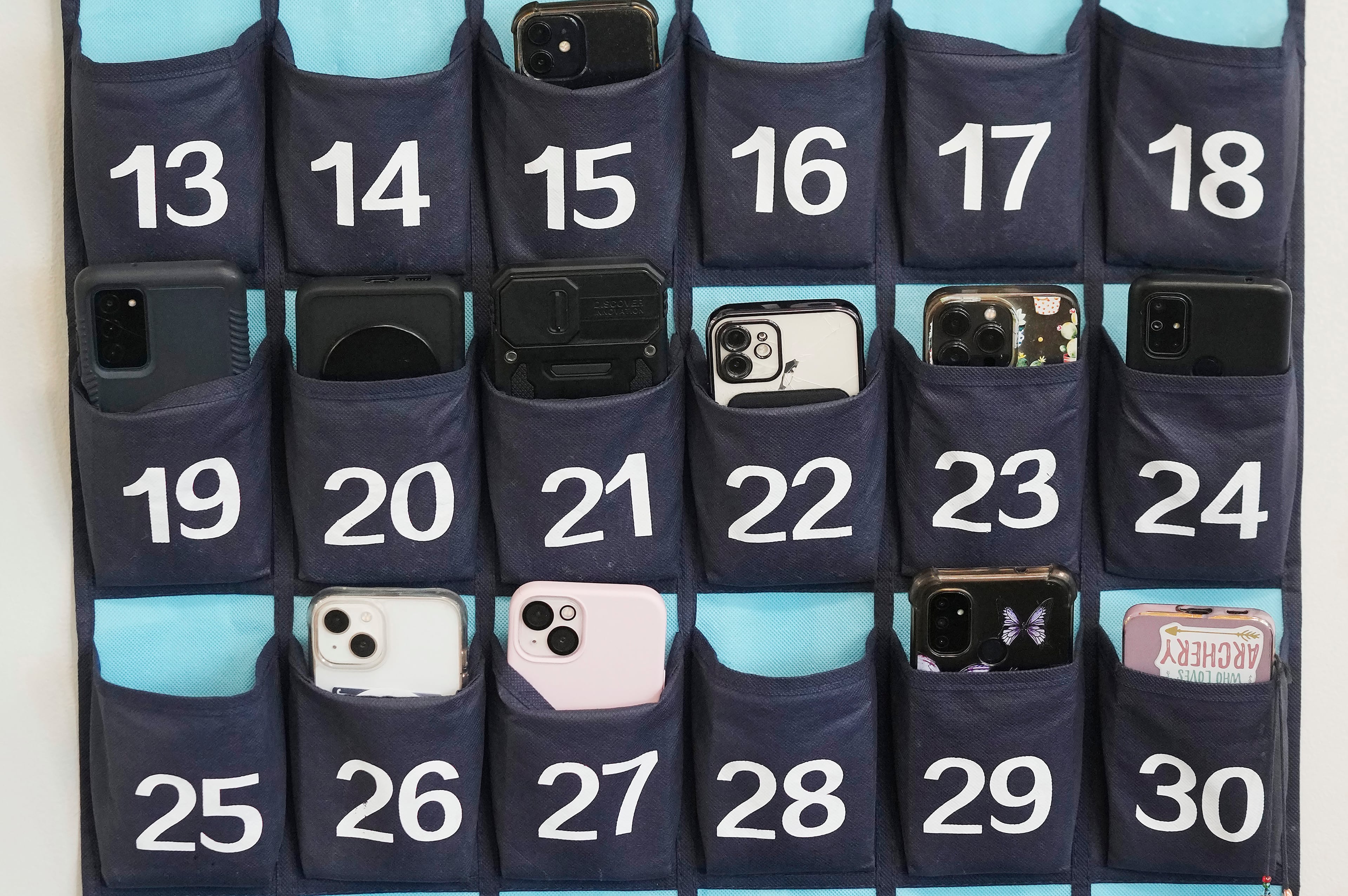How to avoid dirty swimming pools

Inspectors found some unpleasant surprises when they looked at Atlanta's public pools last year: almost 60 percent tested positive for fecal contamination.
In 58 percent of the samples of pool filter water, the Centers for Disease Control and Prevention found E. coli bacteria — a bacterium that is a marker for human waste.
The poop gets in the pool, reported the CDC, when swimmers have a “fecal incident” in the water or when “feces rinse off of their bodies because they do not shower thoroughly before getting into the water.”
Atlanta is no different than any other city, so there are probably swimming pools around the country with equally questionable ingredients.
The CDC pointed out that none of the Atlanta pools tested were contaminated with the particular strain of E. coli called E. coli O157:H7, a variety that causes illness and death.
Last year the CDC reviewed more than 80,000 inspections of swimming pools, hot tubs and splash pads, and found that 80 percent had some sort of health or safety violation, and that 1 in 8 pools had such serious violations they were closed immediately.
In addition to E. coli O157:H7, the sorts of bacteria that can cause illness in pools include Giardia, Shigella, norovirus, and Cryptosporidium.
Proper levels of chlorine or bromine can kill most of these organisms, though “crypto” can live for more than a day even in chlorinated pools.
In 2015 the Atlanta Journal-Constitution created a searchable database of swimming pools in the metro area to help readers find out about pool closures.
The CDC recommends taking these precautions when using a public swimming pool:
•Use a test strip (available at most superstores or pool-supply stores) to determine if the pH and free chlorine or bromine concentration are correct.
•Make sure the drain at the bottom of the deep end is visible. Clear water allows lifeguards and other swimmers to see swimmers underwater who might need help.
•Check that drain covers appear to be secured and in good repair. Swimmers can get trapped underwater by a loose or broken drain cover.
•Confirm that a lifeguard is on duty at public venues. If not, check whether safety equipment like a rescue ring with rope or pole is available.
In addition, the CDC recommends that swimmers can take these precautions to make sure they themselves don't contaminate the pool:
•Do not swim when you have diarrhea.
•Shower with soap before you start swimming.
•Take a rinsing shower before you get back into the water.
•Take bathroom breaks every 60 minutes.
•Wash your hands with soap after using the toilet or changing diapers.
Biowish Technologies, a wastewater treatment, aquaculture and agronomy company, suggests these precautions to preserve the quality of an at-home swimming pool:
•Brush the sides and steps of your pool weekly to dislodge any algae growth and dirt. Once in the water, chlorine can combat algae and your filter will cycle out any dirt.
•Take a sample of water to a local pool store bi-weekly to have it professionally tested for chemical levels and buildup of other compounds in the water. Don’t just rely on the limited testing ability of at-home test strips or drop kits.
•Run your pool filter for at least one hour for every ten degrees of temperature. If it is 90 degrees outside your pool needs to circulate for at least 9 hours.


